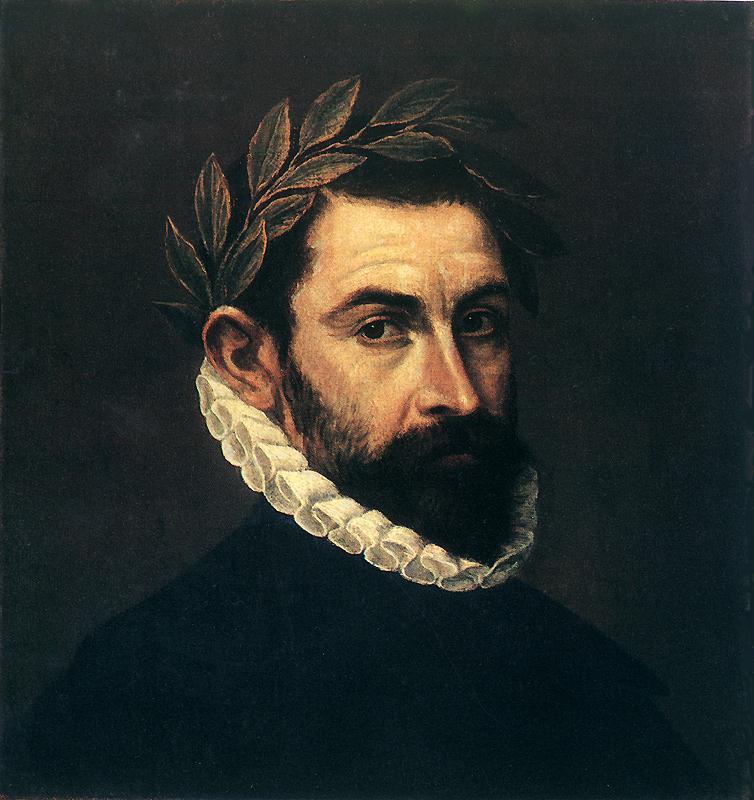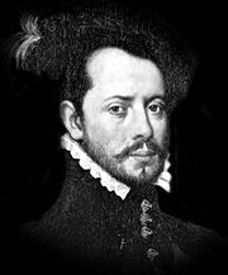
The Cartographer’s Shadow: Alonso Álvarez de Pineda and the Unseen Legends of America
America, a continent woven from myth and discovery, stands as a testament to the human spirit’s insatiable drive for the unknown. Its legends are not solely the tales of towering lumberjacks or spectral riders, but also the foundational narratives of those who first charted its mysteries. Among these figures, often overshadowed by the likes of Columbus or Cortés, stands Alonso Álvarez de Pineda, a Spanish explorer whose monumental 1519 voyage provided the first known map of the Gulf Coast. His is a legend not of heroic battles or buried treasure, but of cartographic audacity, a silent testament to the shaping of a nation’s very contours.
To understand Pineda’s legendary status, one must first grasp the fervent atmosphere of the early 16th century. Europe, particularly Spain, was gripped by an almost feverish expansion. Columbus had opened the gates to a "New World," and now, a generation later, the scramble for its riches, its lands, and its secrets was in full swing. Gold was the primary lure, but also the tantalizing prospect of a westward passage to the lucrative markets of Asia – the elusive "Strait of Anian" – fueled countless expeditions. Expeditions like Pineda’s were not just about conquest; they were about comprehension, about transforming the terrifying blankness of the unknown into the reassuring lines of a map.
It was in this crucible of ambition that Francisco de Garay, the wealthy and influential governor of Jamaica, saw an opportunity. Garay, a seasoned conquistador himself, sought to expand his dominion and influence. He commissioned Alonso Álvarez de Pineda, a relatively obscure but evidently capable captain, to lead an expedition aimed at exploring and charting the vast, unexplored coastline stretching west from Florida. Garay’s instructions were clear: find a passage to the Pacific, ascertain the nature of the lands, and claim them for the Spanish Crown. Pineda, commanding four ships and a crew of 270 men, set sail from Jamaica in March 1519.

The year 1519 itself was momentous. While Pineda was meticulously tracing the curve of a continent, Hernán Cortés was landing in Mexico, setting in motion the conquest of the Aztec Empire. This simultaneous unfolding of events highlights the sheer scale of Spanish ambition and the diverse approaches to claiming the New World. Pineda’s method was less about immediate conquest and more about foundational knowledge – the painstaking work of a cartographer, an explorer, a man whose legend would be etched not in gold, but in ink on parchment.
Pineda’s journey was epic in scope and fraught with peril. For nine months, his fleet navigated the treacherous waters of the Gulf of Mexico, facing unpredictable storms, unknown currents, and the constant threat of hostile indigenous populations. He sailed from the tip of the Florida peninsula, likely near the Florida Keys, westward along what would become the coasts of modern-day Alabama, Mississippi, Louisiana, and Texas, reaching as far as the Pánuco River in present-day Mexico. Along the way, he encountered numerous bays, inlets, and rivers, meticulously recording his observations.
The most significant of Pineda’s discoveries was the mouth of a massive river, which he named "Rio del Espíritu Santo" – the River of the Holy Spirit. Historians widely believe this to be the Mississippi River, a waterway that would become central to the continent’s history and commerce. His account described a large native settlement at its mouth, indicating established communities along this vital artery. Pineda’s expedition also confirmed that Florida was a peninsula, not an island as some had previously believed, thus refining the understanding of the continent’s shape.
"He followed the coast for nine months, for 750 leagues," reads an early account, underscoring the sheer endurance required for such an undertaking. "He found a very large river… and on its banks, many large settlements." This single sentence encapsulates the blend of geographical discovery and cultural encounter that defined the voyage. It wasn’t just about mapping the land; it was about glimpsing the lives already unfolding upon it.
The fruit of Pineda’s labor was a remarkable achievement: the first known map of the Gulf Coast, stretching an astonishing 2,000 miles. This map, though rudimentary by modern standards, was a cartographic cornerstone. It depicted the entire northern Gulf Coast, marking significant features and giving a coherent, if not perfectly accurate, representation of a vast, previously unknown expanse. It designated the territory he explored as "Amichel," a name that would persist on maps for decades, representing a vast, resource-rich land ripe for future exploration and exploitation.
This map was more than just lines on paper; it was a blueprint for future Spanish endeavors. It provided crucial intelligence for subsequent expeditions, including those of Pánfilo de Narváez and Hernando de Soto, who would later attempt to conquer and colonize these very lands. Pineda did not find the Strait of Anian, but he gave Spain something arguably more valuable: a clear, if nascent, understanding of a vast, resource-rich coastline that would become a vital part of its colonial empire.
Yet, like many early explorers, Pineda’s story ends in a shroud of ambiguity, contributing to his almost spectral legendary status. After completing his monumental mapping expedition, Pineda sailed south, eventually encountering the forces of Hernán Cortés at the Pánuco River. This was a fateful meeting; Cortés, already a rising star, viewed Pineda’s presence as an encroachment on his own burgeoning empire. Accounts differ, but it seems Cortés captured some of Pineda’s men, leading to a tense standoff. Pineda, wisely or perhaps tragically, withdrew.
The details of Pineda’s demise are shrouded in the typical fog of early colonial encounters. Most historical accounts suggest that he died shortly after his return from the Gulf expedition, possibly in 1520, during an uprising by indigenous people in the Pánuco region where he was attempting to establish a settlement for Garay. His death was not the glorious, celebrated end of a conquering hero, but rather a swift, brutal conclusion in a distant, hostile land. This anticlimactic end, coupled with his relative obscurity compared to his more famous contemporaries, ironically elevates his legend. He is the quiet pioneer, the essential but unsung architect of geographical understanding.

So, how does Alonso Álvarez de Pineda fit into the broader "Legends of America"? He is not a figure of folklore like Paul Bunyan, nor a revolutionary icon like George Washington. His legend is subtler, more profound. It is the legend of the unblinking gaze into the unknown, the patient hand that traces the outlines of a future nation. His story speaks to the fundamental human desire to comprehend, to organize, to make sense of the vastness of the world.
Pineda represents the spirit of pure exploration, undertaken with an initial lack of clear economic or political gain, but with an immense, enduring impact. His map was a prophecy, revealing a land that would become the American South, a region of immense cultural and historical significance. Every modern map that depicts the Gulf Coast, every ship that sails its waters, every city that stands upon its shores, implicitly acknowledges the foundational work of Alonso Álvarez de Pineda. He is the cartographer’s shadow, forever cast over the land he was the first to truly see and commit to paper.
His legacy also highlights the complex nature of American origins. Before the Pilgrims, before Jamestown, before the thirteen colonies, there was a vast, already inhabited continent being probed and partitioned by European powers. Pineda’s voyage is a reminder that the "discovery" of America was not a singular event but a continuous process, often driven by figures whose names are not shouted from history books but whispered in the annals of exploration.
In an age obsessed with grand narratives and heroic figures, Pineda’s legend offers a counter-narrative: the quiet, methodical heroism of observation and documentation. His journey, marked by hardship and culminating in an uncertain end, carved out a crucial piece of the puzzle that would become the United States. He charted not just a coastline, but the very first lines of a nascent nation’s geographical identity. And for that, Alonso Álvarez de Pineda remains a foundational, if unsung, legend of America, a testament to the enduring power of a map to shape destiny.


